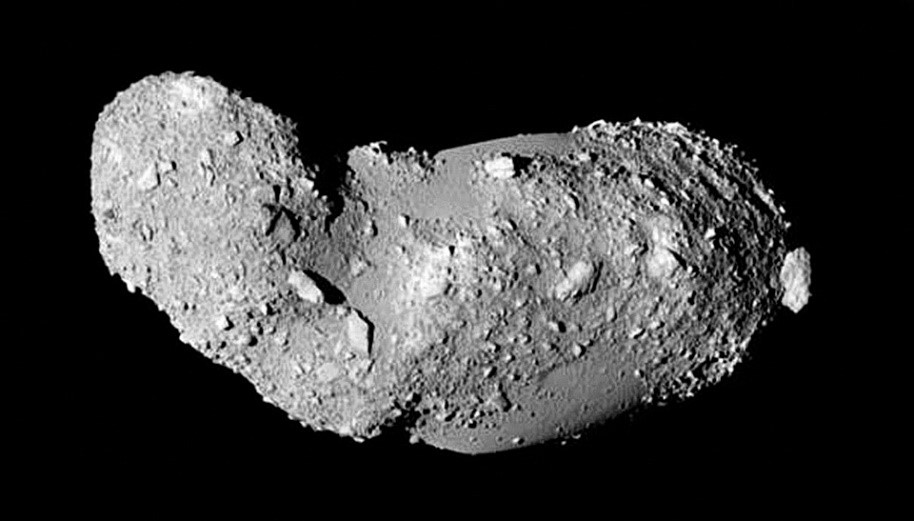Water and life in the solar system
Understanding the origin and transfer of water and organic compounds throughout the Solar System, and their role in the origins and evolution of life.
Our approach
Analysis of meteorites from primitive (C-type) asteroids and Mars, rocks returned by robotic missions from the Moon and asteroids, interplanetary dust particles, and impact craters on Earth. Our work focuses on determining the composition of these materials (including the abundance and isotopic composition of water and identity of organic molecules), and unravelling their geological histories.
Why is this research important?
1. Development of new models for the early evolution of Earth and Mars, and exoplanetary systems, particularly with regards to the availability of ingredients for life;
2. A better understanding of the availability of water and hydrogen on the moon, asteroids and Mars, and how it could be used to support human exploration of the Solar System.
Facilities
The School of Geographical and Earth Sciences has facilities for the analysis of extraterrestrial materials including scanning electron and Raman microscopes, and laser ablation ICP-MS. We collaborate closely with the Kelvin Nanocharacerisation Centre, whose equipment enables high-resolution sample analysis (focused ion beam and transmission electron microscopy).
Researcher
Related theme

The S-type asteroid Itokawa.

